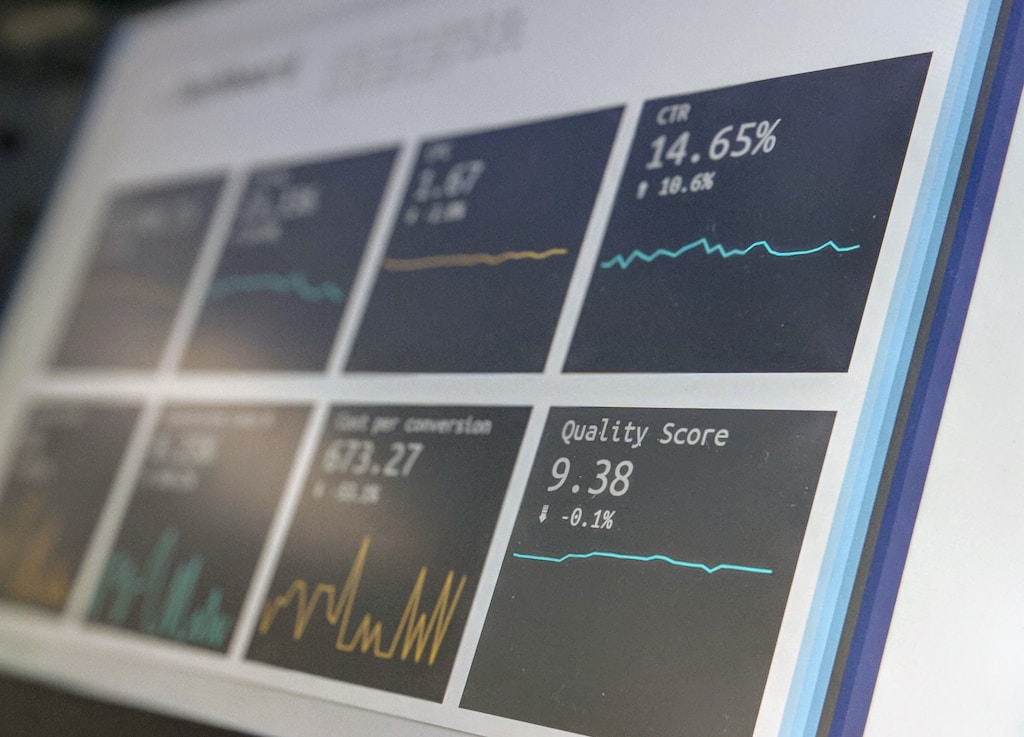Bitcoin’s resilience continues to impress market observers as the leading cryptocurrency maintains strength above $85,500, despite recent concerns about slowing capital inflows. With the crucial $90,000 level in sight, on-chain metrics reveal a more nuanced picture of market health than recent headlines suggest.
Understanding Bitcoin’s Current Liquidity Dynamics
Recent market commentary has focused on supposedly declining Bitcoin liquidity, but data from CryptoQuant presents a different narrative. Bitcoin’s Realized Capitalization continues its upward trajectory, growing at 0.6% monthly and reaching approximately $866 billion. This metric suggests the market is experiencing a natural cooling period rather than a concerning liquidity crunch.
SPONSORED
Trade Bitcoin with up to 100x leverage and maximize your profit potential
Technical Analysis: Key Price Levels to Watch
Bitcoin currently trades at $88,200, with several critical technical levels in focus:
- Immediate resistance: $90,000 (psychological level)
- Key support: $84,000
- 200-day moving average: Critical for trend confirmation
- 200-day EMA: Secondary validation level
Market Sentiment and Institutional Interest
Despite slower capital inflows, institutional interest remains robust. GameStop’s recent $4.8B Bitcoin investment plan demonstrates growing corporate confidence in cryptocurrency as a treasury asset.
FAQ: Bitcoin Liquidity Concerns
Is Bitcoin liquidity really declining?
No, on-chain data shows continued growth in Realized Capitalization, indicating healthy market depth despite slower inflow rates.
What does reduced capital inflow mean for Bitcoin’s price?
Slower inflows typically indicate market consolidation rather than weakness, often preceding new price discovery phases.
How does current liquidity compare to previous cycles?
Current metrics show stronger foundational liquidity than previous cycles, supported by broader institutional participation.
Looking Ahead: Market Implications
The current market structure suggests Bitcoin is in a consolidation phase rather than showing signs of weakness. While capital inflows have moderated, the underlying market health remains strong, supported by growing institutional adoption and improving market infrastructure.
